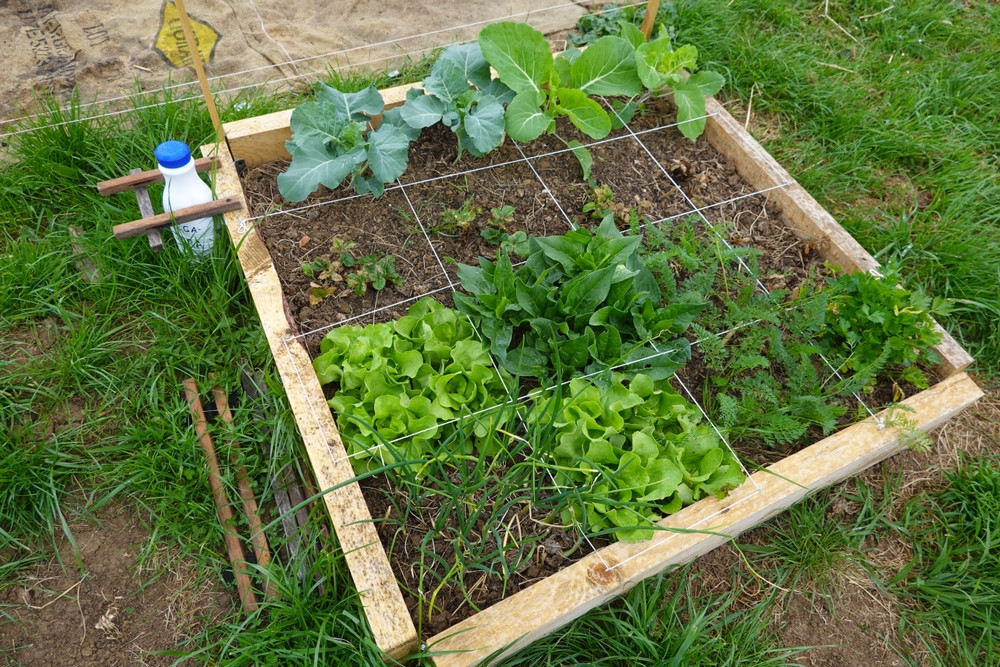Moles : Friends or Foes

Moles are among the most frustrating intruders in a carefully tended vegetable garden. Their unsightly molehills, labyrinthine tunnelling systems, and occasional disruption of plant roots can drive even the calmest gardener to despair. But before declaring all-out war, it’s worth understanding a little more about these elusive creatures and considering the best approach—whether it's deterrence, removal, or even a touch of appreciation.





